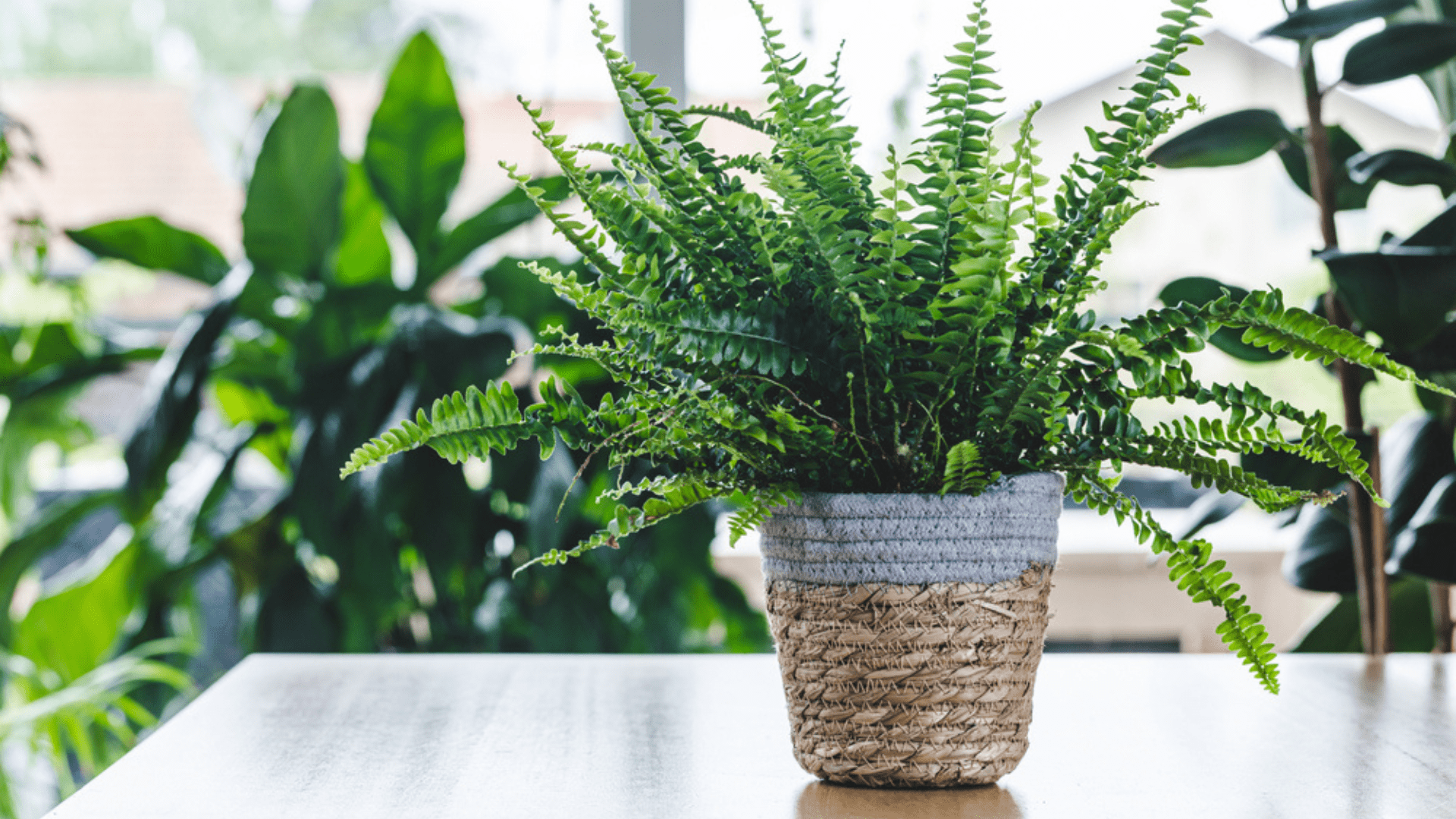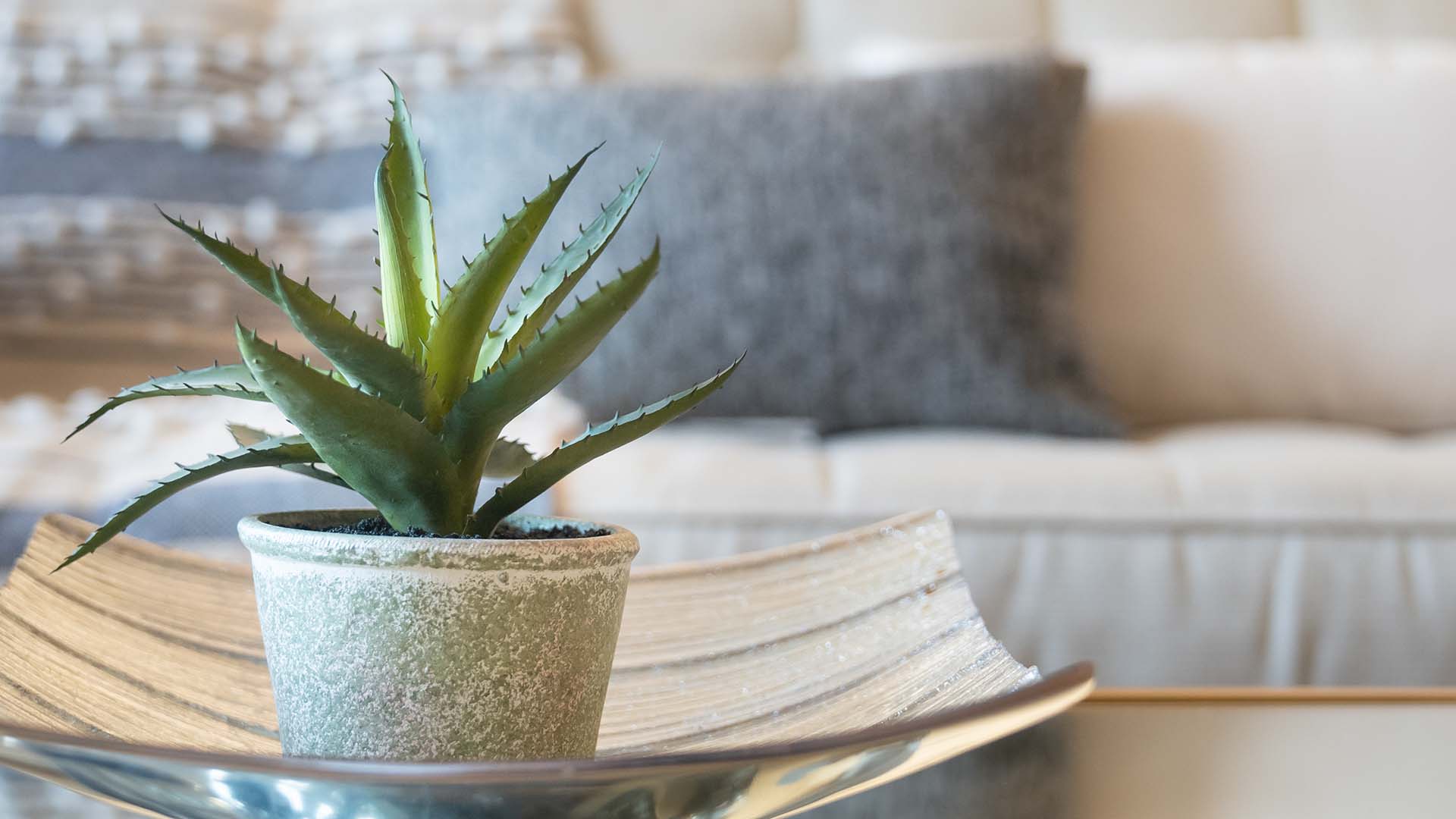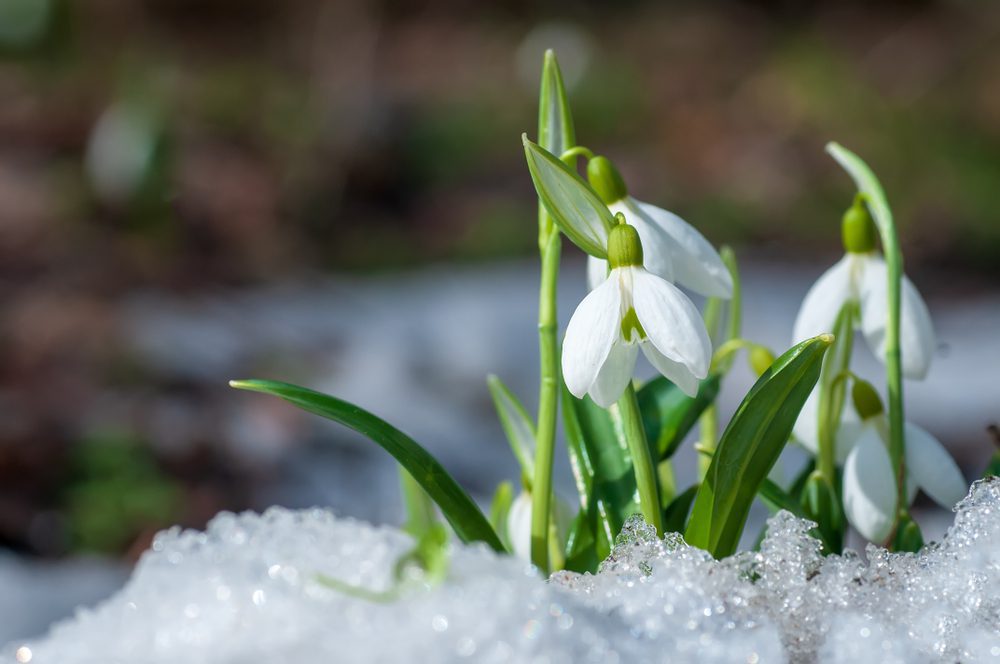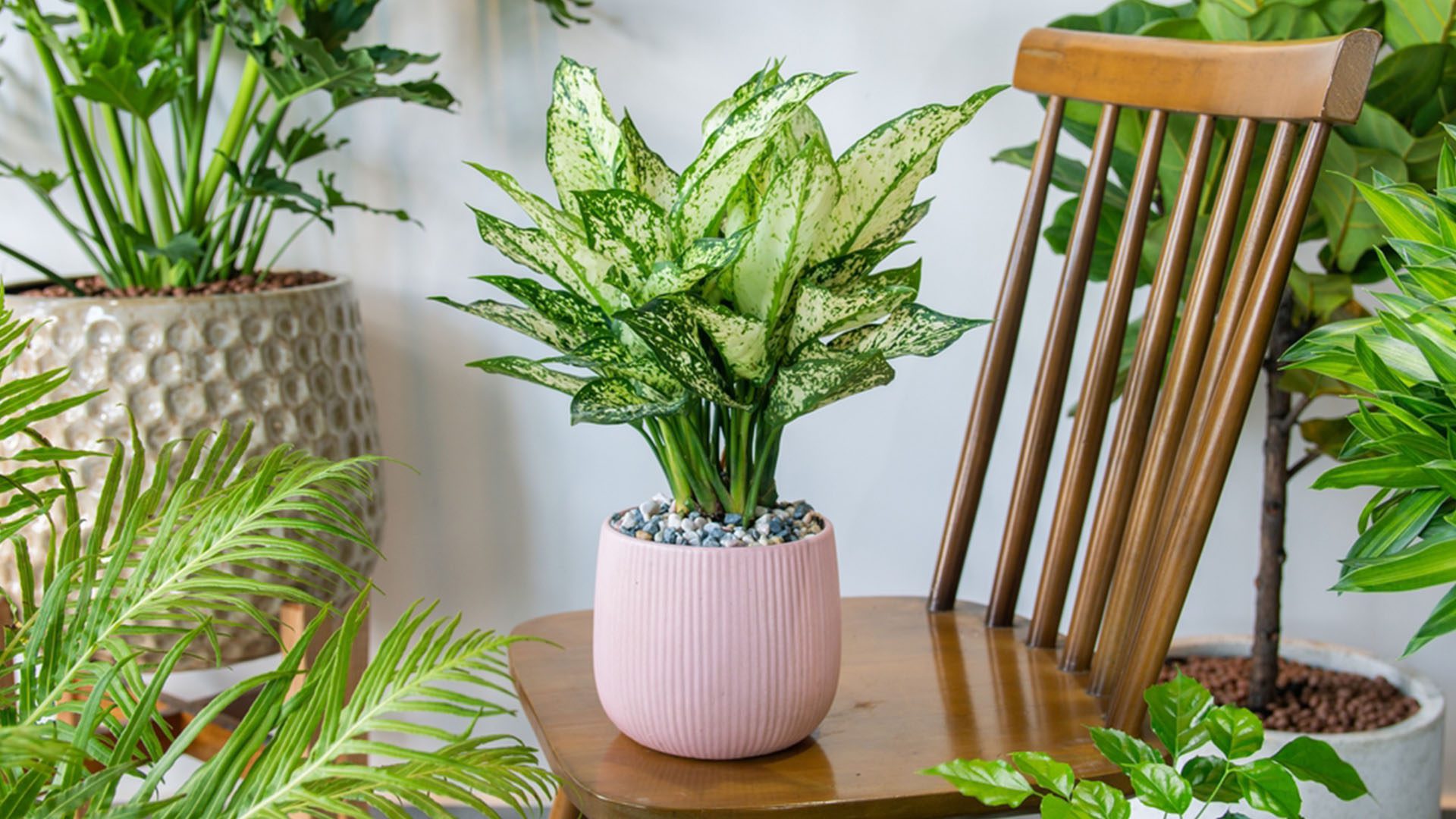Pruning your houseplant roots can have some amazing benefits, but knowing when and how to prune is crucial to maintaining plant health.
When to Prune Houseplant Roots
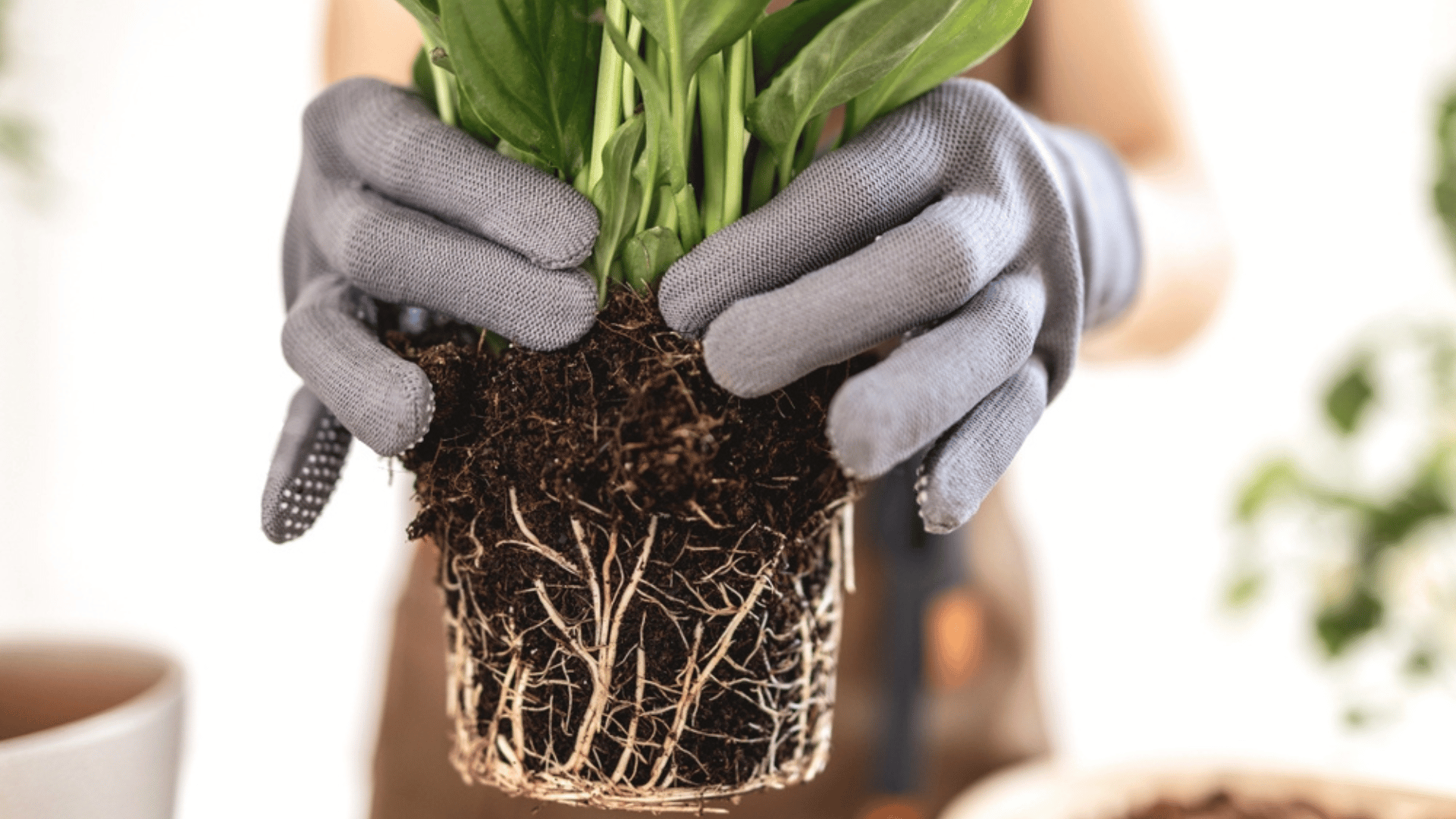
Houseplant roots should be pruned when they have either developed congested roots or are suffering from root rot. With old or fast-growing indoor plants, the roots can grow so much that they take up all the space in the container.
“This is called being “root bound” and it’s a serious condition that can cause stunted growth and, eventually, the death of the plant,” stated Diane Kuthy, the founder of How To Grow Everything.
Though you could simply repot the plant into a bigger container, this may encourage the plant to grow larger. To keep the plant compact, an alternative solution is to trim the roots so it can remain healthy in its existing container.
The other issue that would require pruning, root rot, is caused by waterlogged soil which is often the result of overwatering. Cutting away the damaged roots can allow the plant to regain its health.
What to Look For Before Pruning
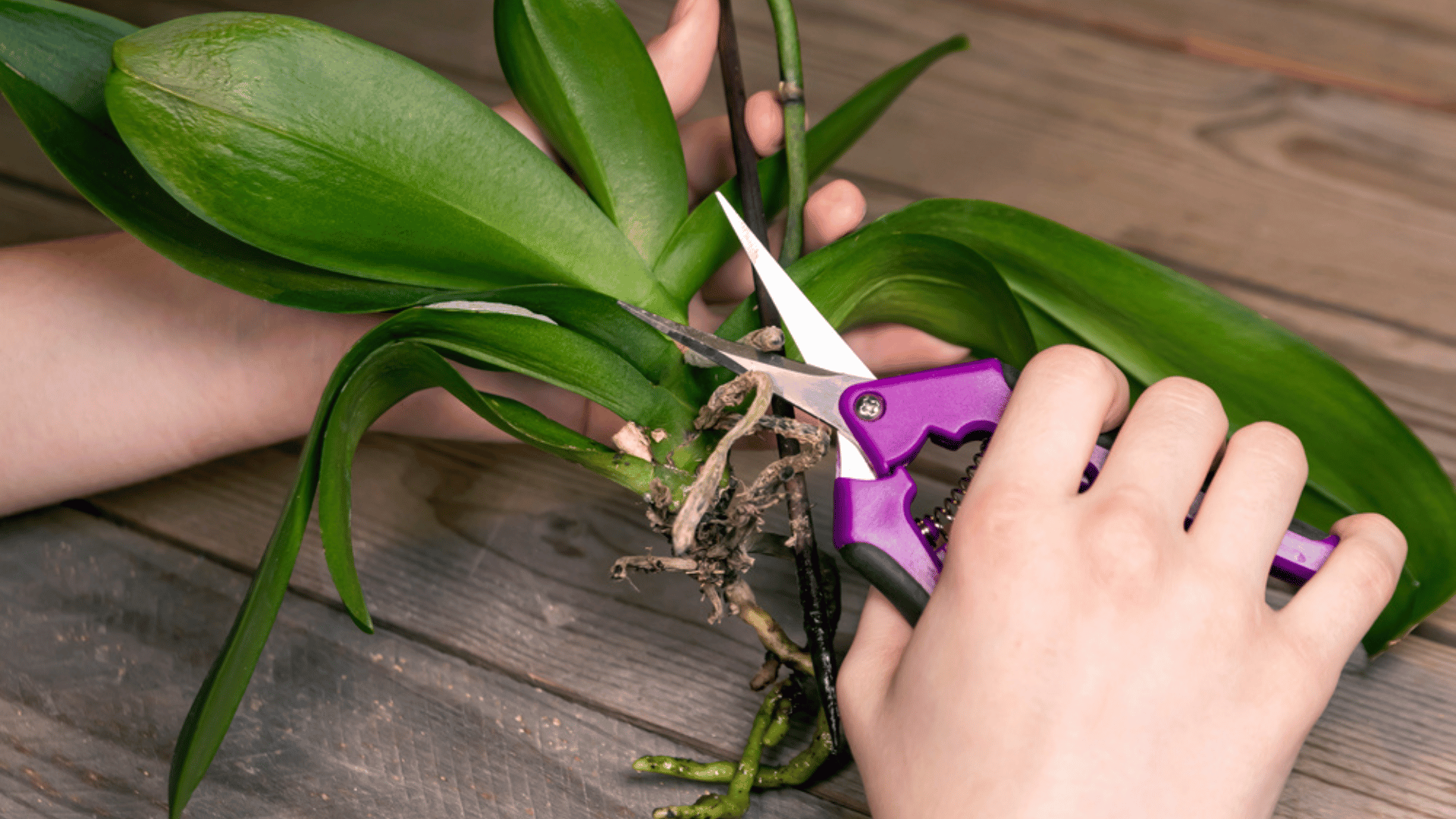
First, ensure your plant is root-bound prior to pruning or you could risk removing too much of the healthy root system and causing stress to the plant.
‘A root-bound plant will show signs of stress and have a very dense and tightly bound root ball with almost no loose soil,’ Diane stated. The plant may also need to be watered more frequently and roots could be pushing through the drainage holes.
A few signs of root rot, on the other hand, would be stunted growth, mushy stems, and yellow leaves. When removed from the pot, rotted roots are soft, brown or black, and may have an unpleasant odor.
Explore Tomorrow's World from your inbox
Get the latest science, technology, and sustainability content delivered to your inbox.
I understand that by providing my email address, I agree to receive emails from Tomorrow's World Today. I understand that I may opt out of receiving such communications at any time.
How to Prune Houseplant Roots
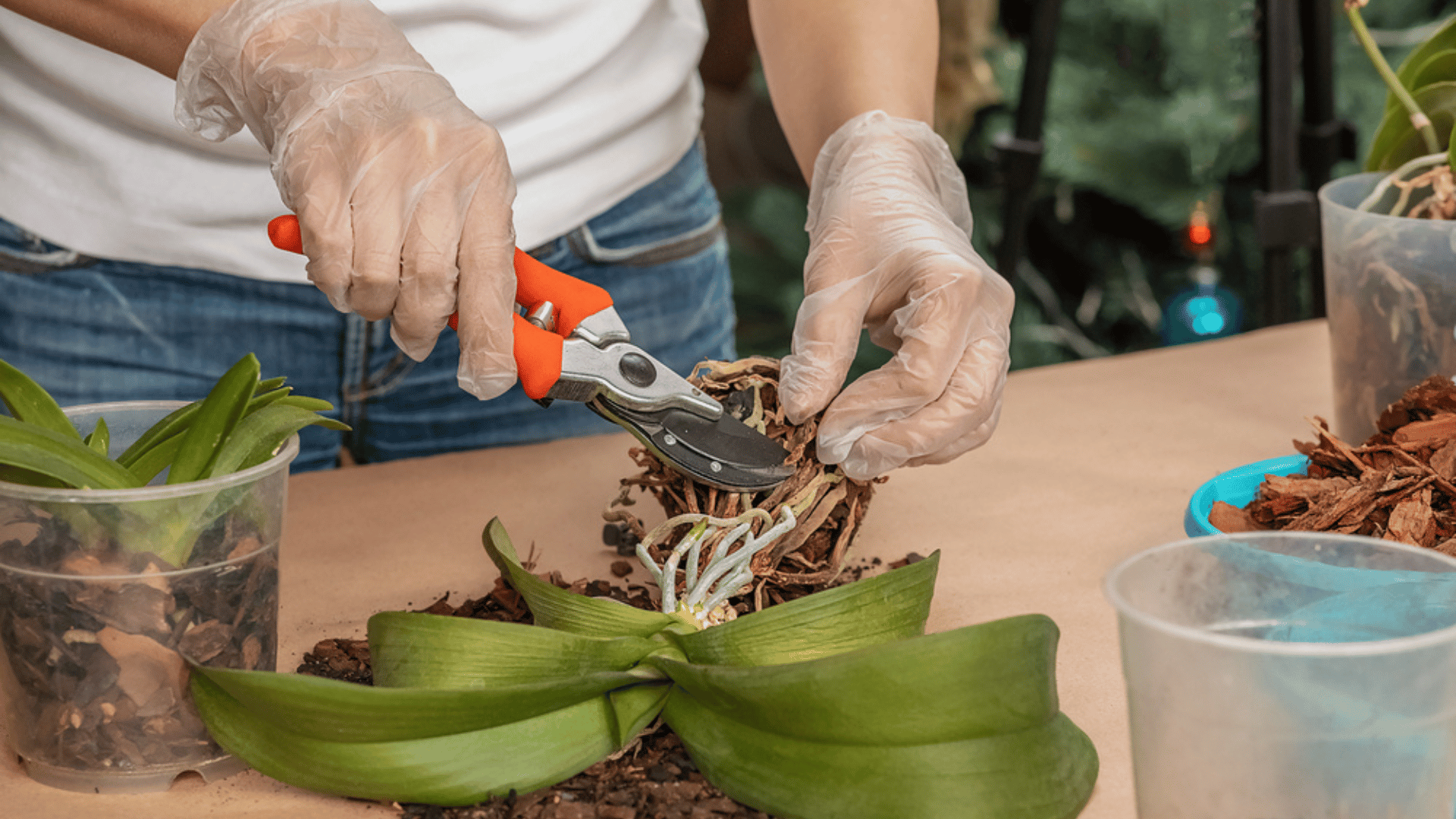
Begin by removing the root ball and soil from the container by tipping the plant to its side and gently wiggling the plant at the base to release the root mass. Once the plant is free from the container, dust as much soil off from around the bottom as possible to give you access to the root system.
When trimming the roots, make cuts just above root branching points and never remove more than one-third of living roots at once. Next, loosen up the roots from the remaining root ball which will help the roots spread out when placed in the new soil. After they’ve been loosened, add fresh potting soil to the container, place the plant in the new soil, top it off with additional soil, and give it some water.



